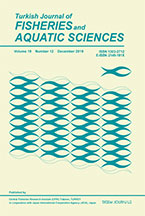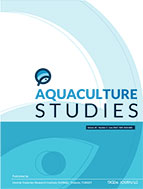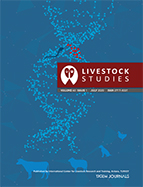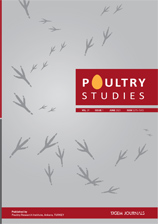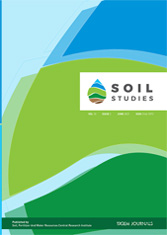Viticulture Studies
2025, Vol 5, Num, 1 (Pages: 017-037)
Utilization of Grape Industry Wastes in Foods and Their Effects on Health
Şakir Koçak 1
1 Manisa Bağcılık Araştırma Enstitüsü Müdürlüğü, Gıda Teknolojileri, Manisa, Türkiye
DOI :
10.52001/vis.2025.27.17.37
Viewed :
992
-
Downloaded :
710
A large portion of the grapes produced annually in the world, over 70 million tons, are grown for the wine industry and approximately 20-30% of this production becomes waste. These wastes cause environmental problems such as pollution of surface and groundwater, oxygen depletion and use by disease-carrying vectors, all of which have harmful effects on animals. Many studies have reported that grape wastes such as peel, seed and leaf have a rich content of phenolic compounds. Extracts obtained from wastes can be used functionally in bakery, dairy and gummy candy production. In our country, grape-based food supplement products are offered with contents such as resveratrol, grape seed extract or grape seed oil. Grape by-products contain polyphenols, dietary fiber and oil that can be used in the treatment of many diseases. Current research has shown that foods produced with grape by-products or extracts hold great promise in making the grape products and vineyard sector more sustainable as well as preventing chronic diseases.
Keywords :
Grape pomace Grape seed Grape seed oil Functional food Food supplement


